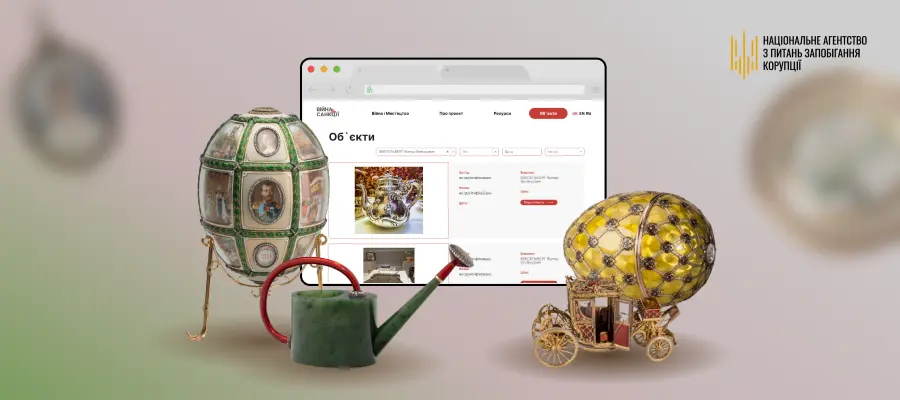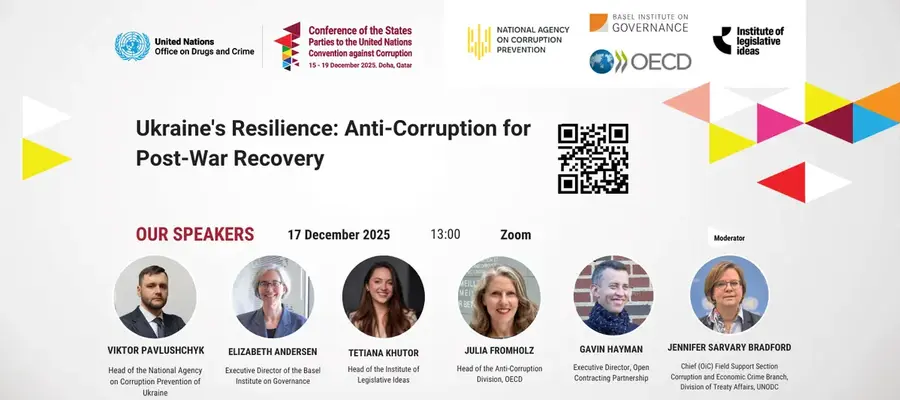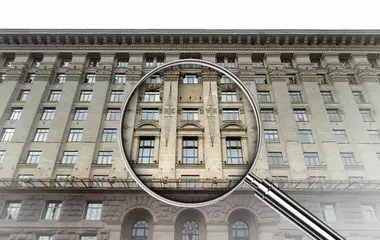The National Agency on Corruption Prevention (NACP) is working to prevent the use of art as a tool to circumvent sanctions. That is why the War and Sanctions portal has published information about 272 art objects owned by oligarch Viktor Vekselberg, who is close to Putin. The value of the 9 most famous artworks in this collection is almost USD 82 million.
Works of art continue to be used by Russian oligarchs to avoid and circumvent sanctions. Openness of information about artworks owned by sanctioned persons is the best way to counteract this phenomenon. The NACP calls on art market participants to disclose information about art objects owned by sanctioned Russians and use the data from the War and Sanctions portal. This will help to avoid transactions with works that may later be qualified as a circumvention of sanctions.
Viktor Vekselberg is a collector who is fond of Fabergé pieces. His collection includes Fabergé Easter eggs worth several tens of millions of US dollars, as well as about two hundred other items made by Fabergé, such as brooches, snuff boxes, cigarette cases, etc. Viktor Vekselberg's collection is housed in his private Fabergé Museum in St. Petersburg.
The oligarch was sanctioned for his commercial activities in sectors of the economy that are an important source of income for the Russian government. Sanctions against Vekselberg have been imposed by the UK, the US, Canada, Australia, Japan, Ukraine and New Zealand, but have not yet been imposed by the European Union and Switzerland.
The collection is available here.
Among the most expensive items from the oligarch's collection:
- Easter egg "Coronation" worth USD 24 million;
- Easter egg "Lilies of the Valley" worth USD 18 million;
- Easter egg "Fifteenth anniversary of the reign" worth USD 15 million.
More about the War and Art project can be found here.
The role of the NACP in sanctions policy is envisaged in the Roadmap for Individual Sanctions developed by the Stanford International Working Group on Russian Sanctions.









